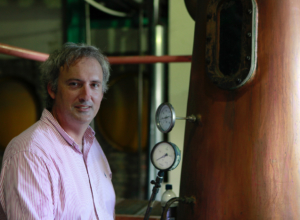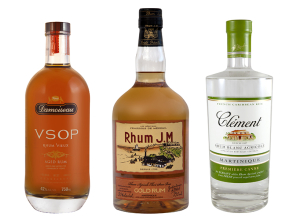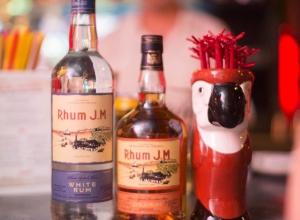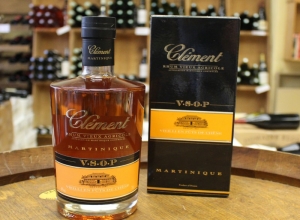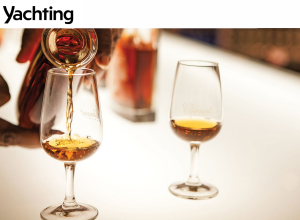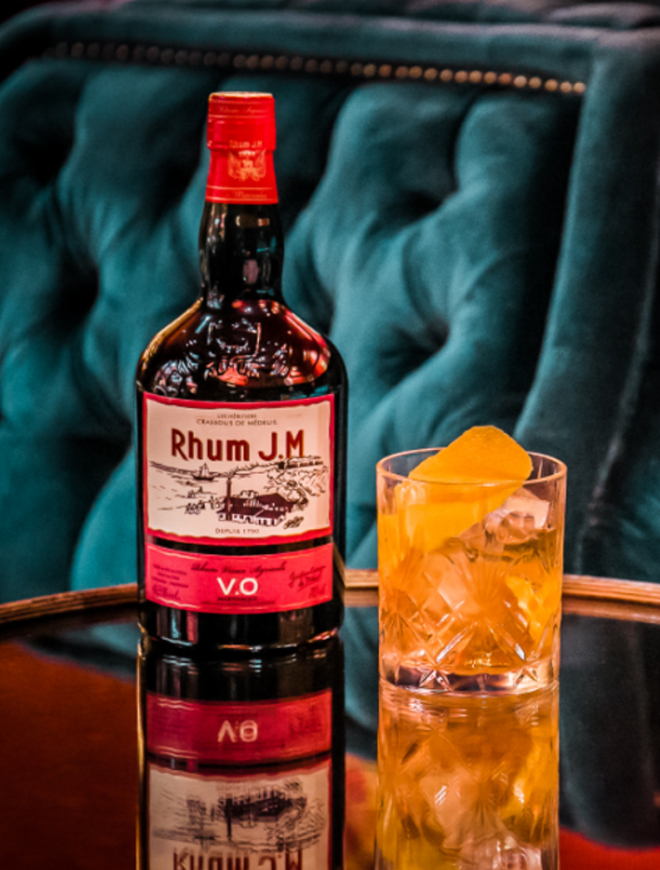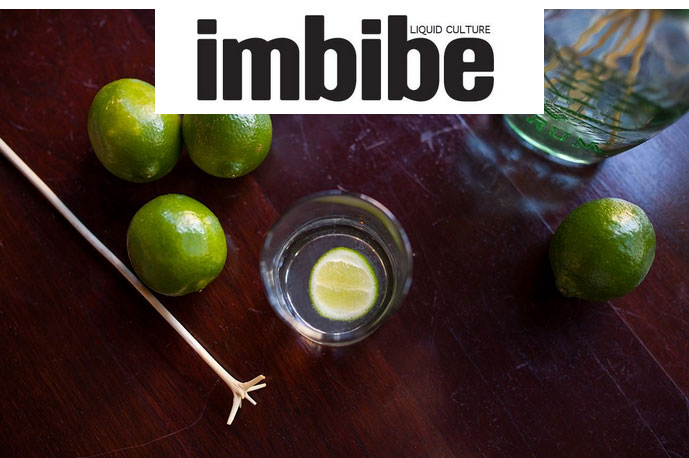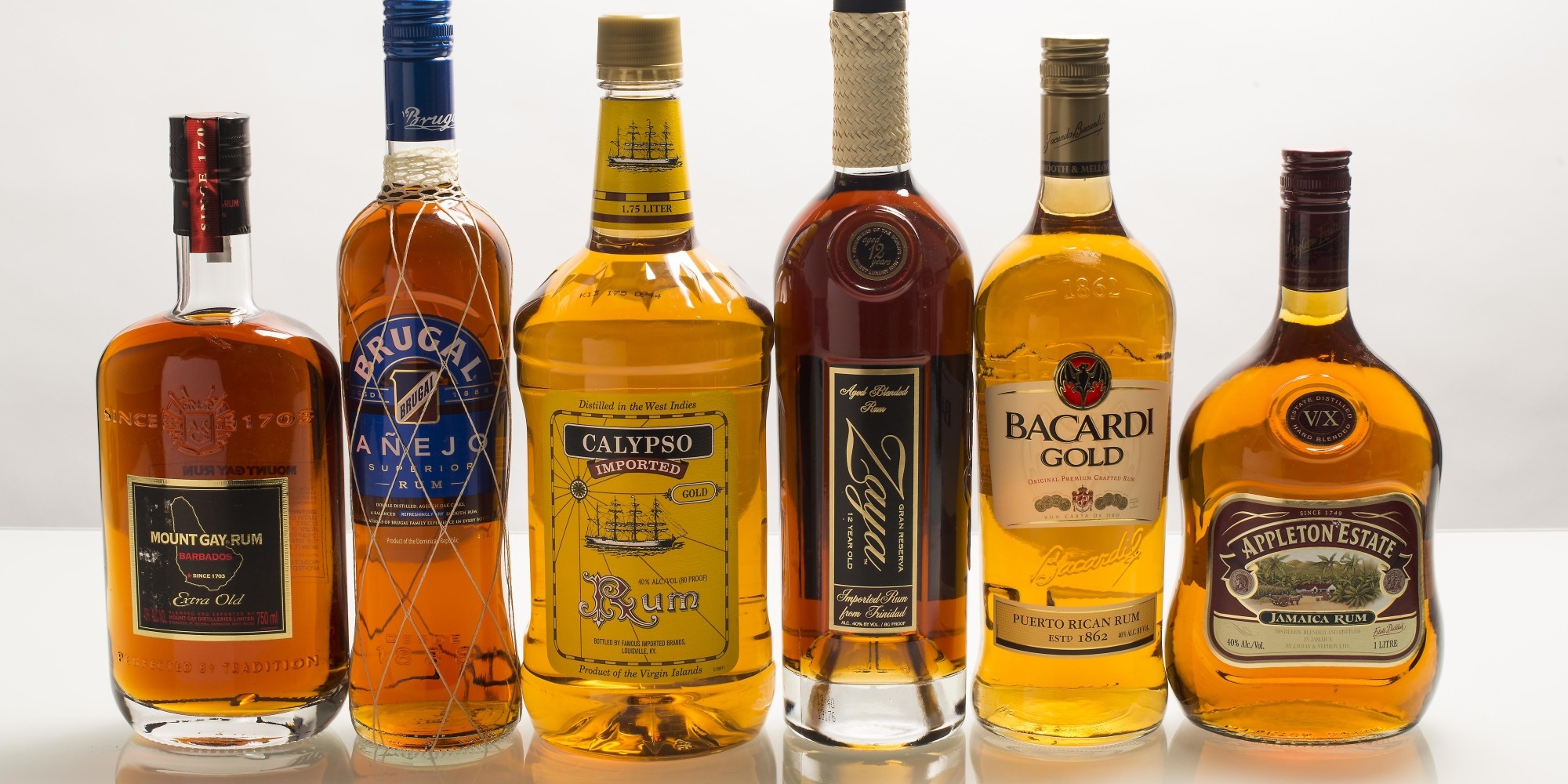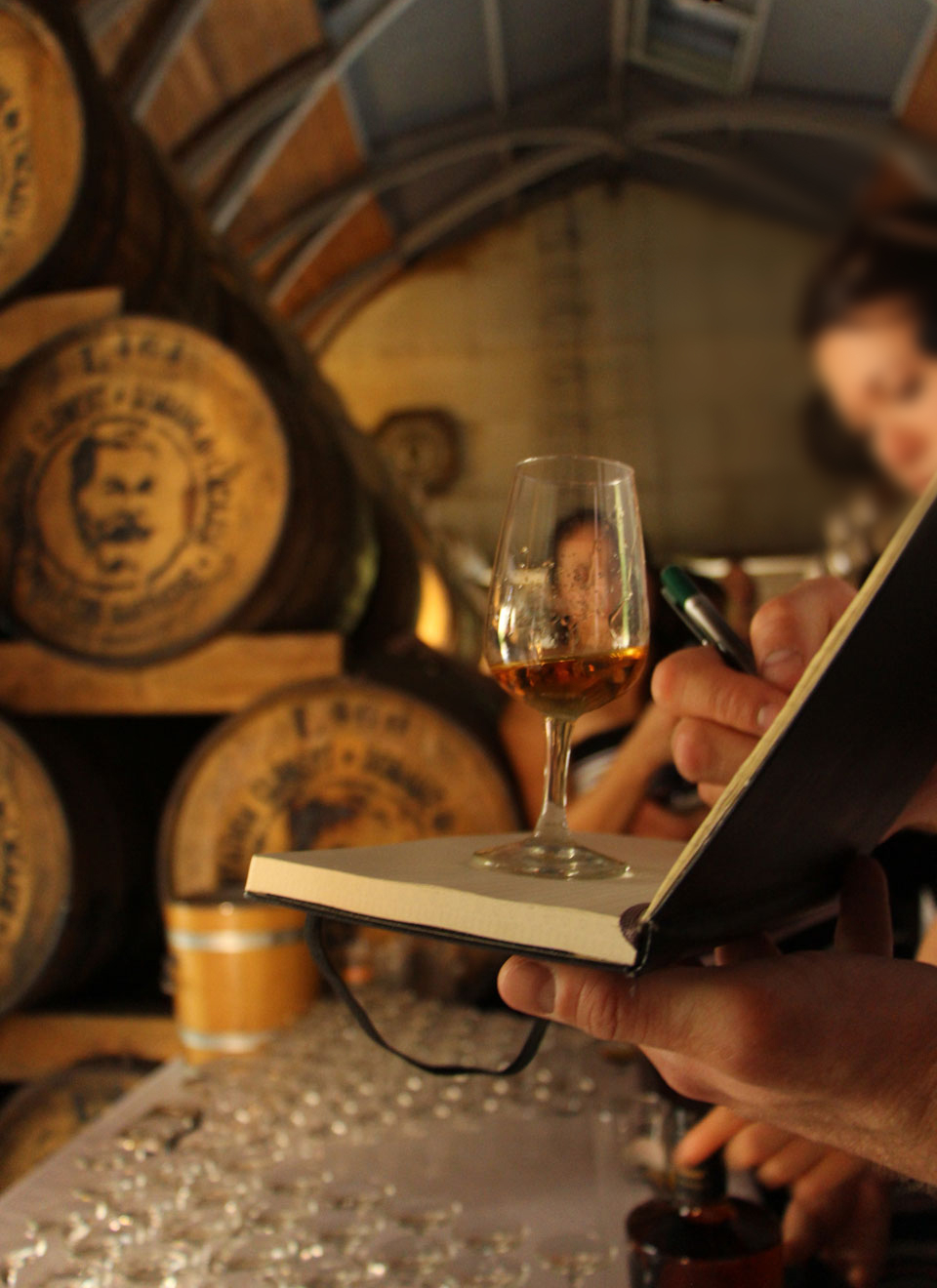
I’m always amazed at how wrong the so-called conventional wisdom can be. But it’s never more wrong than when it comes to booze. Certain ridiculous notions are stubbornly accepted as truth. Vodka doesn’t give you hangovers! Beer before liquor, never sicker; liquor before beer, never fear!
But when it comes to fine spirits, these two irritate me the most: Older is always better. Never use the good stuff for cocktails.
Let me take on the latter myth first: the idea that you should use cheaper or inferior booze in cocktails. I hear that sometimes when I recommend recipes that call for good-quality spirits that cost more than $25 per bottle, or perhaps obscure liqueurs with price tags even higher. In anonymous comments and rancorous e-mails, I’m scolded and challenged that “you wouldn’t know the difference” between a margarita made with, say, cheap mixto tequila and day-glo “margarita mix” vs. one made with 100 percent agave from a good producer, Cointreau and fresh juices. To these people, I say: Call me in the morning and tell me how your night worked out.
Meanwhile, that other roasty chestnut — that aged spirits are always better, and worth more — is even more persistent. The notion is so pervasive that it drives the spirits market. As spirits consumers, we are obsessed with numbers. We accept that an eight-year-old bourbon is less expensive than a 23-year-old bourbon, or that a 30-year-old Scotch costs more than a 16-year-old Scotch.
In a fascinating poll, conducted by Chivas Brothers in 2010, 94 percent of more than 2,000 whiskey drinkers surveyed said the age statement on a whiskey serves as an indicator of quality, and 89 percent said they actively look to the age statement when they buy spirits.
The problem is, that perception isn’t always true. Plenty of times, aging in oak barrels turns a beautiful spirit into oak juice. With wine, we seemed to have learned this. While I’m sure there are people who still love their over-oaked, buttered-popcorn chardonnays, those wines are hardly as popular or coveted as they once were.
With most bourbons, for instance, eight to 10 years is optimal aging. Beyond that, many distillers say, the oak often takes over. Yet some of the most expensive bourbons boast 15, 18 or 20-plus years in the barrel.
An age statement has become so important to American consumers that you’re beginning to see spirits companies use them in categories they never did before. Last year, Courvoisier launched the first age-statement cognacs, at 12 and 21 years old. On its face, this doesn’t seem earth-shattering, because brandies like cognac certainly benefit from decades of barrel-aging. But cognac had always played by its own rules, blending brandies of many ages together and classifying as VS, VSOP, XO, Napoleon, etc.
Then there’s rum, which is all over the map. At a big rum tasting that I wrote about in June, my friends and I found that we really enjoyed both the younger rums, up until about eight years, and then the older rums that had 15 years or more of age. We were more mixed on the 10- to 12-year-old rums. It wasn’t that the rums weren’t high quality; instead it seemed that they had entered a “quiet period” you often hear about with high-end wines from places such as Bordeaux or Barolo.
I saw that played out again with Rhum Clement’s recent release of its first age-statement rhum agricoles for the U.S. market: a six-year-old and a 10-year-old. Rhum agricole traditionally follows the French tradition of blending ages in VSOP and XO, a system that is confusing to Americans who are simply looking for a number. I found Clement’s 10-year-old rhum agricole to be nice enough. The six-year-old, on the other hand, was probably the most exciting new rum I’ve tasted in years.
Given this talk about age — and what you should and should not include in a cocktail — I figured we should toss conventional wisdom to the wind. So I offer the Henry “Box” Brown, created by a mysterious single-name barman named Le at a speakeasy in Philadelphia’s Chinatown called Hop Sing Laundromat. (The name will whoosh over the head of everyone except fans of a certain age who watched the television series “Bonanza.”)
The Henry “Box” Brown calls for two ingredients: 15-year-old El Dorado rum from Guyana and fresh-pressed grape juice. To answer your e-mails and comments now: No, it doesn’t work with younger rum or with bottled grape juice from concentrate.

